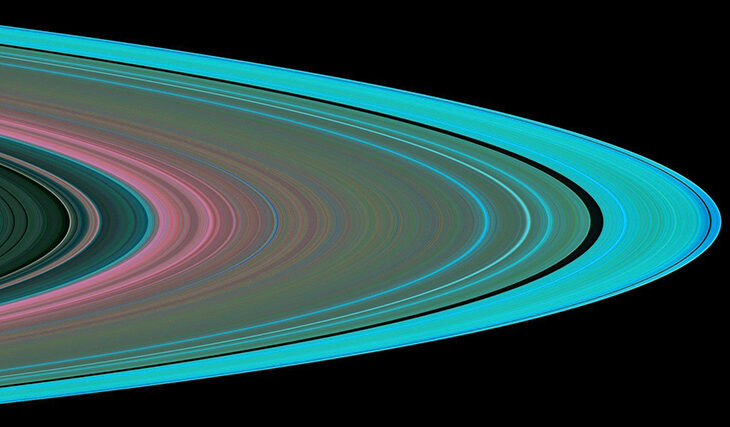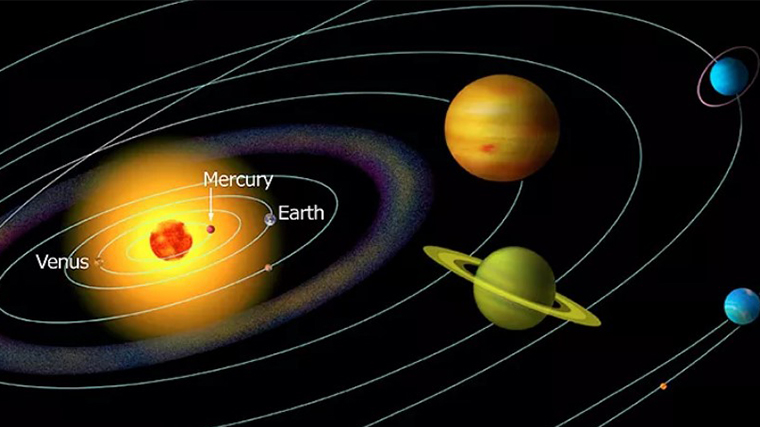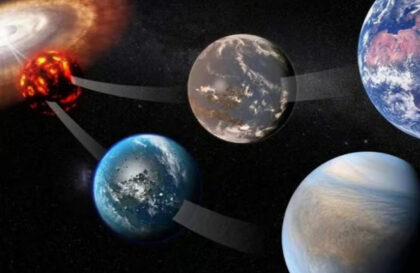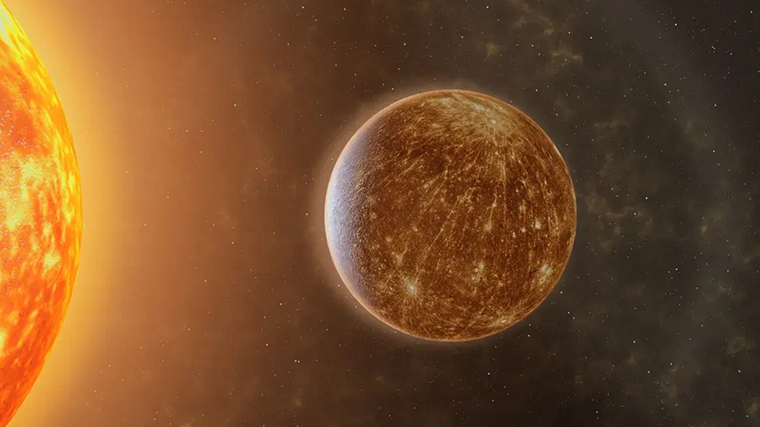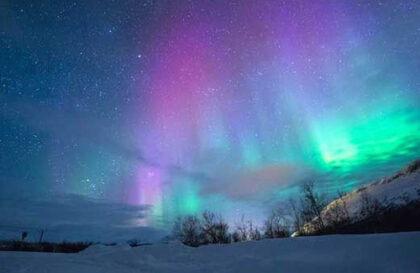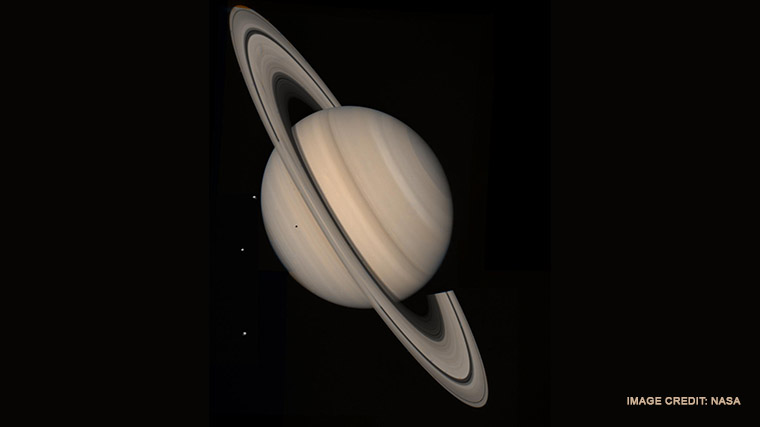For more than three centuries, Saturn was thought to be a ringed planet. Only in 1977, during the occultation of a star by Uranus, were rings discovered in the vicinity of this planet. The rings of Jupiter were discovered by the Voyager 1 spacecraft in 1979, and then the rings of Neptune by Voyager 2 in 1989. In October 2017, a ring was discovered around the dwarf planet Haumea.
The planet’s rings are structures composed of dust and ice that are organized into flat concentric formations and orbit around the planet in the equatorial plane. These phenomena have been found around the gas giants of the solar system, including Saturn, Jupiter, Uranus, and Neptune, and are also found around the asteroids Chariklo and Chiron, the dwarf planet Haumea, and possibly Saturn’s moon Rhea.
However, the rings are characterized by fragility, as their particles slow down and fall on the planet, evaporate and disperse in space, and also settle on the surface of satellites. Despite this, the rings manage to persist for a long time.
The rings are always in the exact plane of the planet’s equator. This is because due to the planet’s slightly oblate form of rotation, caused by its not perfectly spherical structure, only the equatorial orbit is gravitationally stable.
The composition of the material of the rings is varied: on Saturn, it is white as snow (albedo A = 60%), while the rest of the rings are much darker (A = 2-3%). The rings are quite thin, except Jupiter’s ring, which is relatively thick.
For example, Saturn is 9.5 meters with a diameter of 300,000 miles (480,000 kilometers). If we imagine that the thickness of Saturn’s ring is equal to the thickness of a sheet of writing paper, then the area of its rings would be comparable to the area of a football field.
The design of the rings can be varied: from a gramophone record (like that of Saturn) to a matryoshka-like structure of hoops (like that of Uranus). The rings of Neptune are not closed and have an arcuate shape.
Some rings are accompanied by shepherd companions. There is an exceptional situation where the ring of the planet is accompanied by two shepherd satellites.
Why do only the outer planets have rings?
If the particles of the protoplanetary cloud have superconducting properties, then it becomes clear why the inner planets – from Mercury to Mars – do not have rings.
Second, rings can exist on planets that have a magnetic field.
But they are destroyed by the thermal heating of the Sun. It can be assumed that the asteroid belt, where the temperature of matter is less than 100 K, is the boundary beyond which natural superconductivity arises in space. At distances closer to the Sun, the temperature is above the critical one, and superconductors are not formed.
This line is called the line of ice.
Credit рhoto:
https://solarsystem.nasa.gov
https://researchmatters.in
https://www.space.com
https://www.theatlantic.com
